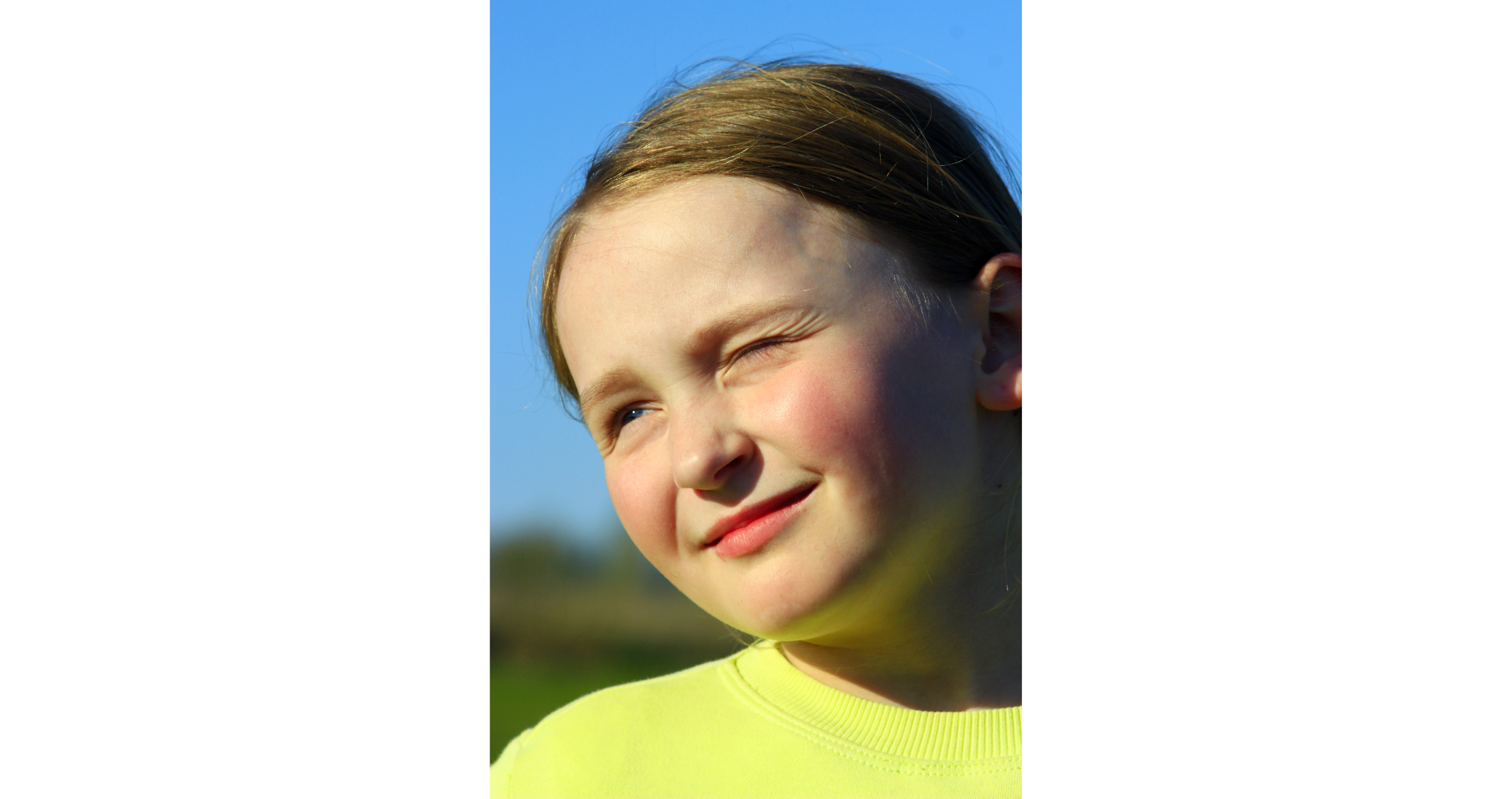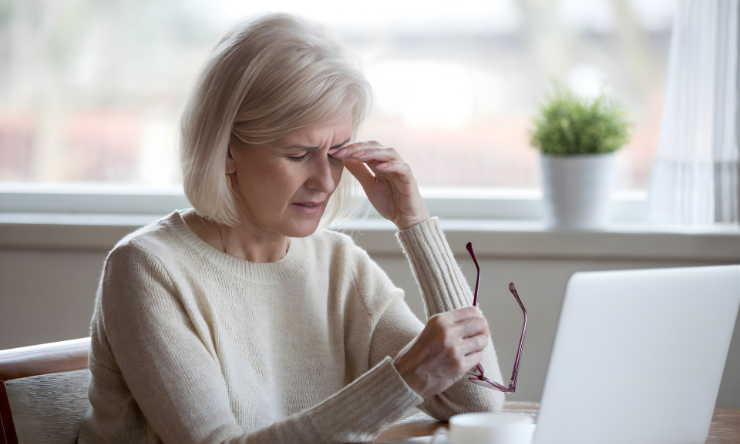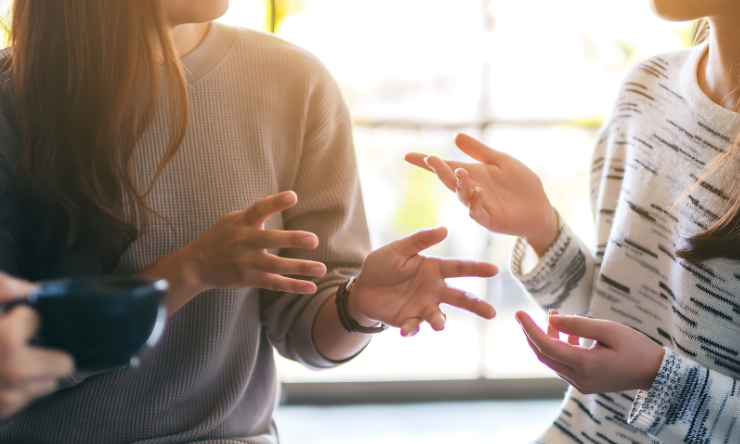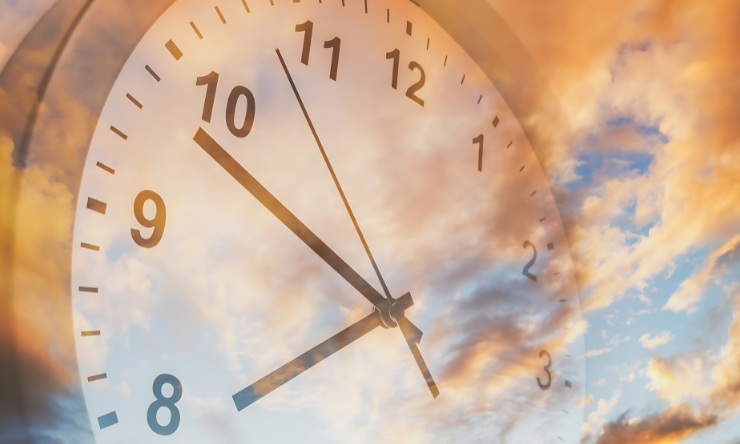Share
Living in Australia, we all understand that ultraviolet (UV) light is serious and damaging to the skin. We all understand the need to protect the skin so that we don't end up with skin diseases later in life. It is understood that these diseases that occur in adulthood are often due to severe or significant sunburns in childhood or ongoing sunburns in childhood.

Similarly, we now also understand that UV damage happens to the eye in childhood, with the diseases occurring in adulthood. A silent epidemic in ophthalmology. If we look at skin cancers alone, 5 to 10% of all skin cancers occur around the eyelids, areas that you can't protect with sunblock alone. UV related eye disease include cancers on the surface of the eye, pterygiums and pinguecula, cataracts and macular degeneration, which is thought to have some of its pathogenesis in UV exposure during childhood.
We understand that UV burns in childhood result in cancers of the skin later in life, yet we unknowingly allow our children's eyes to suffer whilst we're busy protecting their skin with sunblock, hats and clothing. It's not just the skin at risk though, it's also the eyes that we need to protect.
Research shows that by the time children are 9 to 11 years of age, 30% already have UV damage to their eyes. This has increased to 80% of the eyes of 12 and 15 years olds1.
On a sunny day, the naked human eye is troubled by glare. To avoid the discomfort of the glare, our natural reaction is to avert the face, and to squint the brow and the eye. These instinctive protective mechanisms reduce the amount of UV and visible light entering the eye. Our pupils (the opening through which light enters the eye) also constrict, which again reduces the amount of light entering the eye. This is a normal aversion reflex (Squint reflex) to bright light.

Now consider what happens if we wear normal sunglasses on a bright day. Because the direct visible light entering our eyes is decreased, our natural protective mechanisms do not kick in. Our pupils remain dilated (that is, more open), we don’t avert our face from the light and we don’t squint.
In other words, our eyes remain far more open and exposed to the light.
Although the normal sunglasses are blocking some of the direct light that would otherwise make us uncomfortable, some sunglasses do not block sufficient light from the sides, top and bottom. This means that light (including damaging UV light) gets into our eyes from these peripheral areas. What’s more, because most sunglasses do not have special coatings on the backs of the lenses, the light that enters from the sides, top and bottom can be reflected straight into the eye through the dilated pupil.
Some sunglasses can create a situation where our eyes’ natural protective mechanisms are switched off or decreased. Paradoxically, the eye in its relaxed state allows more light into it.
Conventional and fashion sunglasses typically allow approximately 20% of the UV dose to reach the cornea, even if the lenses are UV blocking, compared to 2% with wraparound sunglasses which have a wide temple2. Therefore, effective overall eye protection comes from having the correct frame and lens design. Unfortunately, many children's sunglasses are scaled down versions of adult sunglasses and are not designed with kids’ eye protection as their primary function.

In response to the overwhelming evidence that UV damages children’s eyes Sydney-based ophthalmologists Dr Shanel Sharma and Dr Alina Zeldovich created Beamers sunglasses.
“We understood the literature and we understood the science and we wanted to protect our own children. When we came back to Australia after The World Society of Paediatric Ophthalmology & Strabismus meeting, we couldn't find anything that we felt would protect our own children as best as we could. So, we developed Optoshield Technology which we put in every pair of Beamers sunglasses to try and protect our children and everybody's children as much as we could” says Dr Sharma.
Optoshield® Technology includes four important features to protect against harmful UV rays:
- Wraparound fit to prevent side light and reflective light from hitting your eyes.
- Polarised lenses to filter out any reflected light.
- Back coated lenses so that any unfiltered light that does get in through the side is allowed to pass out instead of bouncing back into your pupil.
- Category 3 lenses with UV400, which filters out damaging UVA and UVB rays.
So, at what time of day should we be wearing sunglasses? We understand that maximum skin damage from the sun occurs between the middle of the day and 2 to 3 in the afternoon. However, UV damage to our eyes is not only caused by direct light, but overhead light and reflected light as well. The research has shown that maximum reflected light occurs in the hours around sunrise and sunset, and depending on the time of day, as the sun elevates in the sky, we get different combinations of UV light3. Therefore, the use of the UV index as an indicator for the need for eye protection can be misleading as we can get UV damage to the eyes between sunrise and sunset, meaning eye protection throughout the day is warranted.

Kids spend a lot of time outdoors but their natural defences are not fully developed. 70% more UV light reaches their retina compared to adults. Figure 1 above looks at the penetration of ultraviolet radiation, onto the eye and into the back of the eye, the macular. You can see that maximum penetration occurs between 0 - 2 years of age, then 2 – 10 years and then as we get older, it declines4. So, we really need to be protecting our children’s eyes at the time of life when they have the least natural protections and maximum outdoor play.
Beamers sunglasses are available in a range of sizes to suit very young children, older children and some adults. You can purchase Beamers from Glaucoma Australia with all proceeds going towards our patient support services. Visit glaucoma.org.au/shop or call 1800 500 880.
This article has been adapted from a recent webinar with Ophthalmologist Dr Shanel Sharma. The original presentation can be viewed on YouTube here
References:
1. Ooi J, Sharma NS, Papalkar D, Sharma S, Oakey M, Dawes P, Coroneo MT. Ultraviolet Fluorescence Photography to Detect Early Sun Damage in the Eyes of School-Aged Children. American Journal of Ophthalmology 2006;141:294-98
2. Sliney, DH. (2003). Sunglasses: Their effectiveness. Proceedings of SPIE - The International Society for Optical Engineering. 4953. 164-176. 10.1117/12.477907.
3. Sasaki H, Sakamoto Y, et al. UV-B Exposure to the Eye depending on solar altitude. 2011;37:191-95
4. Reme C, Reinboth J, Clausen M, Hafezi F. Light damage revisited: converging evidence, diverging view? Graefe’s Arch Clin experiment ophthalmology 1996;234:2-11.16


